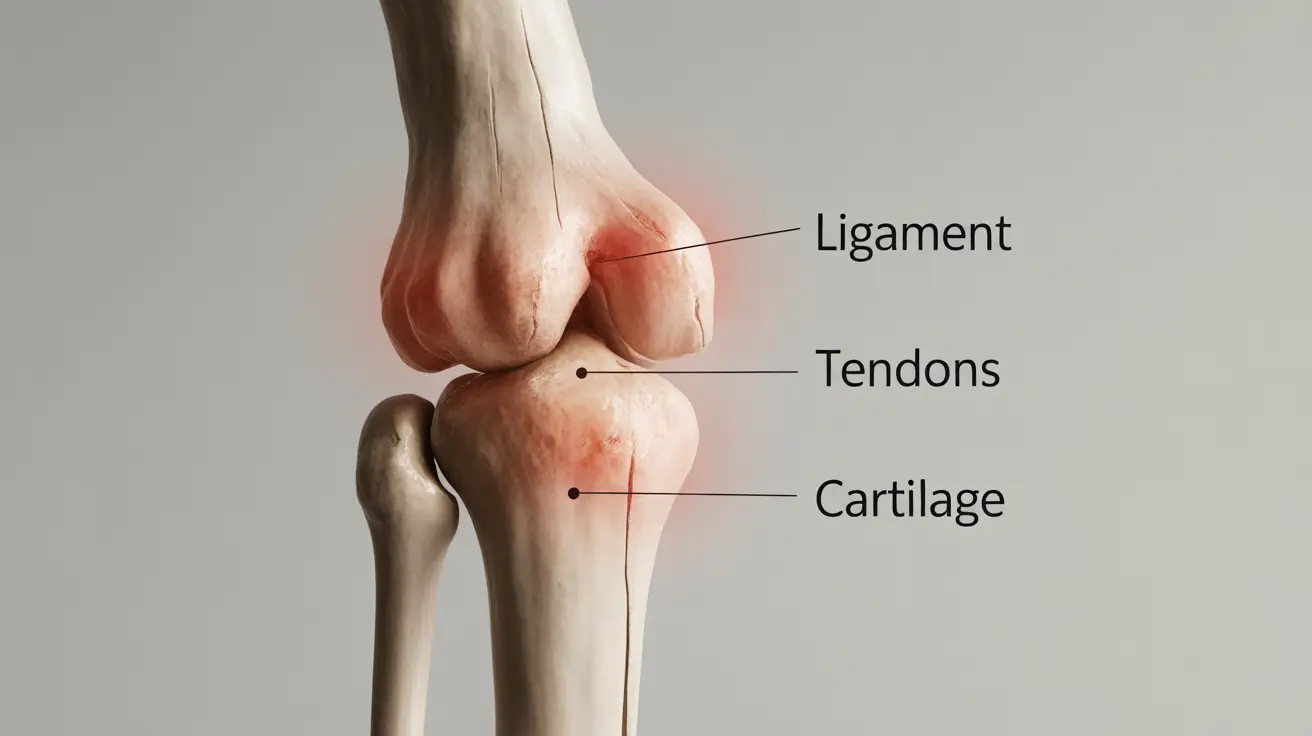Experiencing sudden onset joint pain in multiple joints can be both alarming and debilitating. This type of pain, which can affect several joints simultaneously without visible swelling, may signal various underlying conditions that require proper medical attention and management.
Understanding the potential causes and distinguishing features of multi-joint pain is crucial for getting the right diagnosis and treatment. Let's explore the common causes, diagnostic approaches, and effective management strategies for this challenging condition.
Common Causes of Multiple Joint Pain
Several conditions can trigger sudden joint pain affecting multiple areas of the body:
Viral Infections
Viral infections like influenza, parvovirus, and hepatitis can cause temporary joint pain throughout the body. This type of pain often resolves as the infection clears but may require symptomatic treatment during the acute phase.
Autoimmune Conditions
Conditions like rheumatoid arthritis and lupus can cause widespread joint pain, though these typically involve some degree of swelling. Early stages of these conditions might present with pain before visible swelling develops.
Fibromyalgia
This chronic condition causes widespread musculoskeletal pain and is often accompanied by fatigue, sleep issues, and mood changes. Unlike arthritis, fibromyalgia typically doesn't cause joint inflammation.
Diagnostic Approaches
Healthcare providers use several methods to determine the underlying cause of sudden joint pain:
- Physical examination
- Medical history review
- Blood tests for inflammatory markers
- Imaging studies when necessary
- Assessment of other symptoms
Treatment Options and Management
Immediate Relief Measures
Several strategies can help manage sudden onset joint pain:
- Rest and activity modification
- Over-the-counter pain relievers
- Cold or heat therapy
- Gentle stretching exercises
- Proper joint support
Long-term Management Strategies
Depending on the underlying cause, long-term management may include:
- Physical therapy
- Prescribed medications
- Stress management techniques
- Lifestyle modifications
- Regular exercise when appropriate
When to Seek Medical Attention
Certain symptoms warrant immediate medical evaluation:
- Severe, debilitating pain
- Accompanying fever or rash
- Significant mobility limitation
- Unexplained weight loss
- Progressive worsening of symptoms
Frequently Asked Questions
What are some common causes of sudden joint pain in multiple joints without swelling?
Common causes include viral infections, early stages of autoimmune conditions, fibromyalgia, and stress-related muscle tension. Some people may also experience multi-joint pain due to vitamin D deficiency or other nutritional factors.
How do you differentiate between fibromyalgia and arthritis when experiencing widespread joint pain?
Fibromyalgia typically causes widespread pain without joint swelling and is often accompanied by fatigue, sleep problems, and tender points throughout the body. Arthritis usually involves visible joint swelling, stiffness, and specific joint damage that can be seen on imaging tests.
What are effective treatments for managing sudden onset joint pain caused by viral infections like the flu?
Treatment typically includes rest, over-the-counter pain relievers like acetaminophen or ibuprofen, staying hydrated, and gentle movement as tolerated. The joint pain usually improves as the viral infection resolves.
Can fibromyalgia be triggered by stress or trauma, and if so, how can it be managed?
Yes, fibromyalgia can be triggered by physical or emotional stress and trauma. Management typically involves a combination of medication, stress reduction techniques, regular exercise, good sleep hygiene, and cognitive behavioral therapy.
When should I seek medical help if I experience sudden severe joint pain or unexplained fatigue?
Seek immediate medical attention if you experience severe joint pain accompanied by fever, significant limitation in movement, unexplained weight loss, or if symptoms progressively worsen over time. Also consult a healthcare provider if joint pain significantly impacts your daily activities or persists for more than a few weeks.




